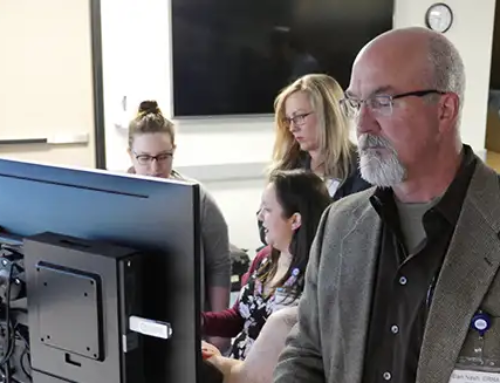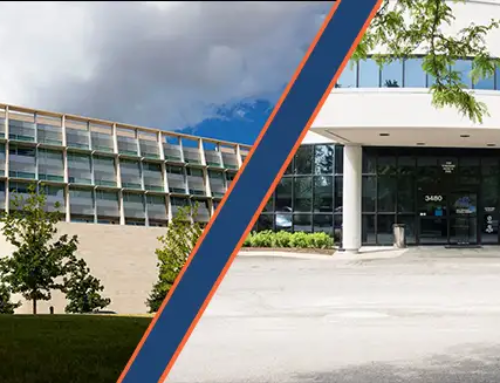
From immediate physical issues that come with opioid use to long term changes from addiction to these pain-relieving medications, opioids can lead to more problems than any patient would like to deal with. When alternatives are available, like regional anesthesia, patients can get the pain relief they need without the negative effects and can heal and recover efficiently and safely. Maverick Medical Education is focused on reducing the number of opioids prescribed and teaching alternatives that work.
Targeted Pain Relief
When regional anesthesia is given, pain relief can be felt immediately when administered correctly. Ultrasound guided block techniques are most efficient as it allows the specific nerve to be found through imaging. The medical provider can then administer the anesthesia precisely where it will be most effective. Once this pain relief is felt, the patient can be comfortable while still allowing the medical team to observe and carry out any procedures still remaining on the rest of the patient.
Accessibility is Possible
It is possible for medical providers from various fields to learn the techniques that our Maverick Medical Education courses teach about different nerve blocks and pain relief procedures offer. This method of pain relief is nimble and adaptable to a number of practices, including emergency departments, general practices, and surgical centers, in addition to pain relief clinics across the country. Additionally, as ultrasound becomes a more present addition to medical practices everywhere, for doctors and nurses to have a better view inside their patients, making for better care, the technology needed for blocks to be most effective is already in many patient’s rooms. The same probe used to image a broken bone can then be put into use to administer the nerve block to provide relief for that break.
Less Risks
While risks are always possible in any part of medicine, the reduction of risks in regional anesthesia, as compared to opioids or full sedation, are significant. Sedation requires additional monitoring, respiratory support, and can lead to a longer period of care, as compared to localized pain relief. According to the American College of Emergency Physicians, regional anesthesia provides pain relief for six to eight hours which allows a window of pain relief without guessing at the ideal amount of opioids a patient may need.
To learn more about regional anesthesia, pain management techniques, and point of care ultrasound, contact us today. We have courses on our calendar that will help teach you the methods needed in your practice to provide the care your patients need.




